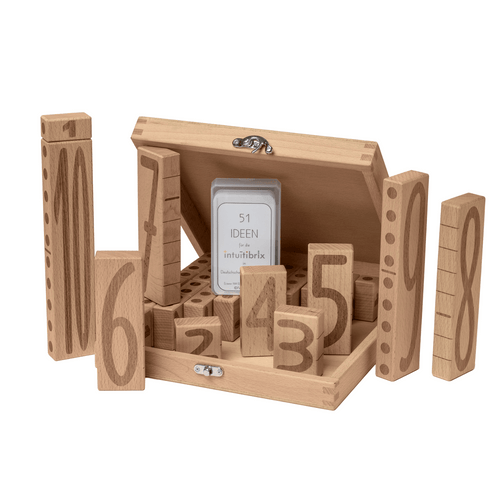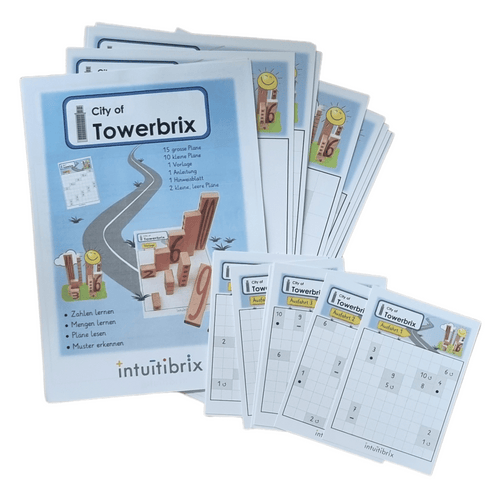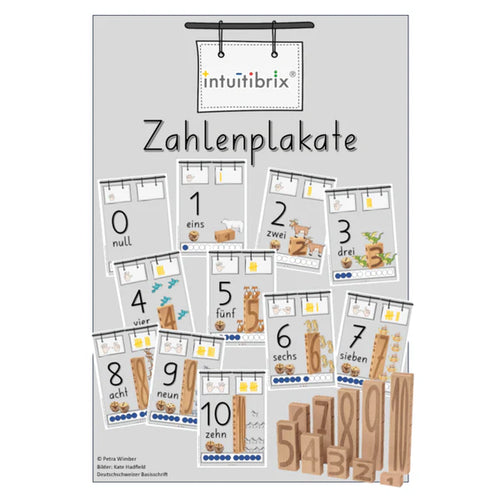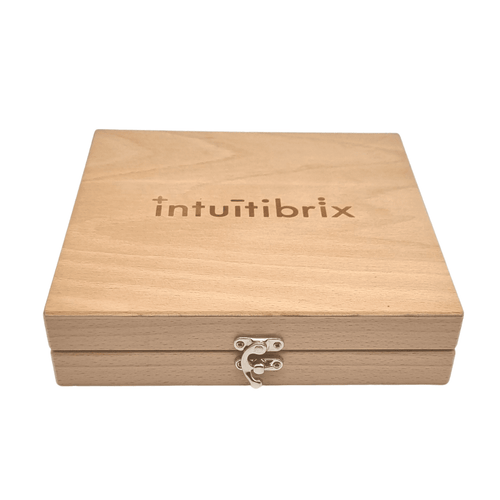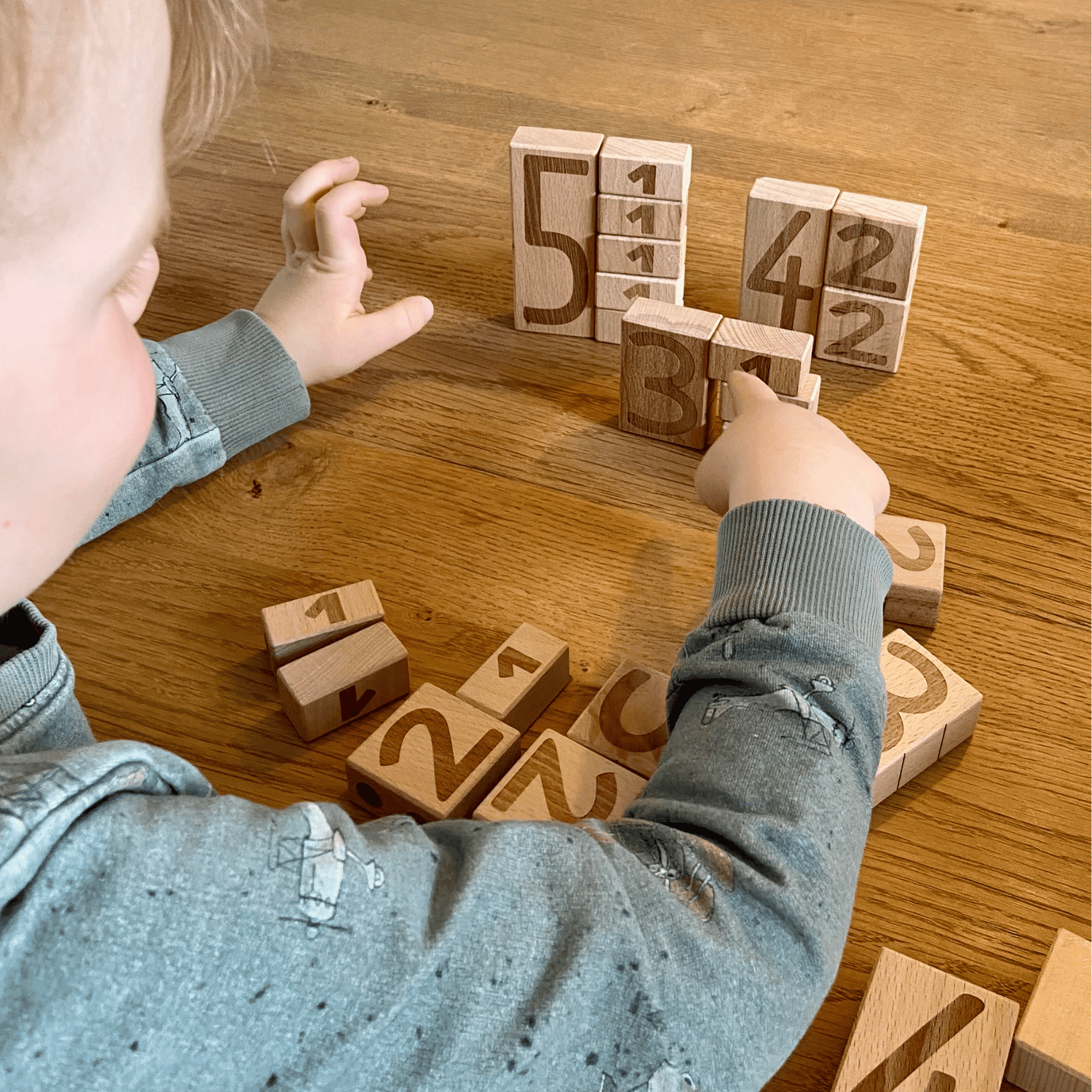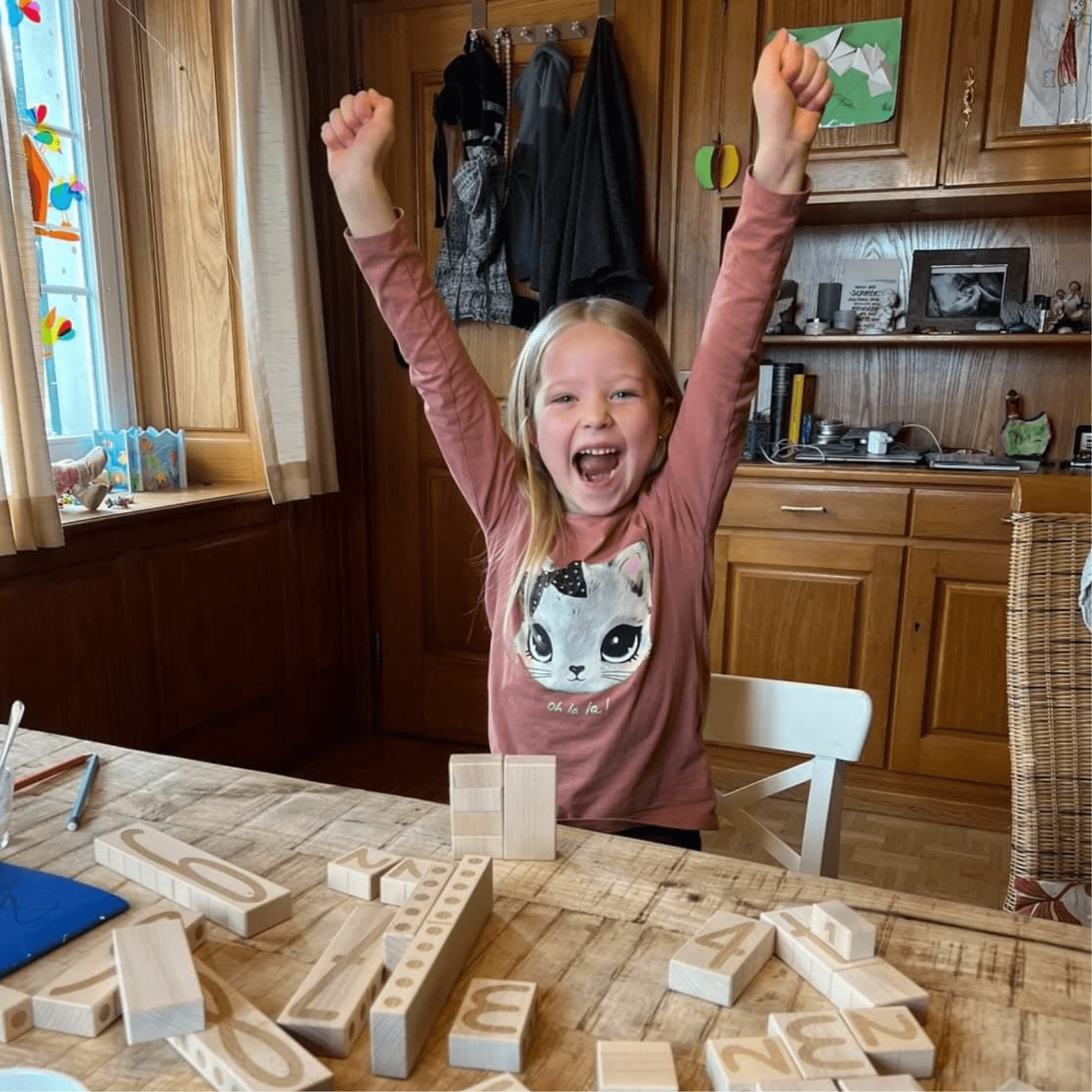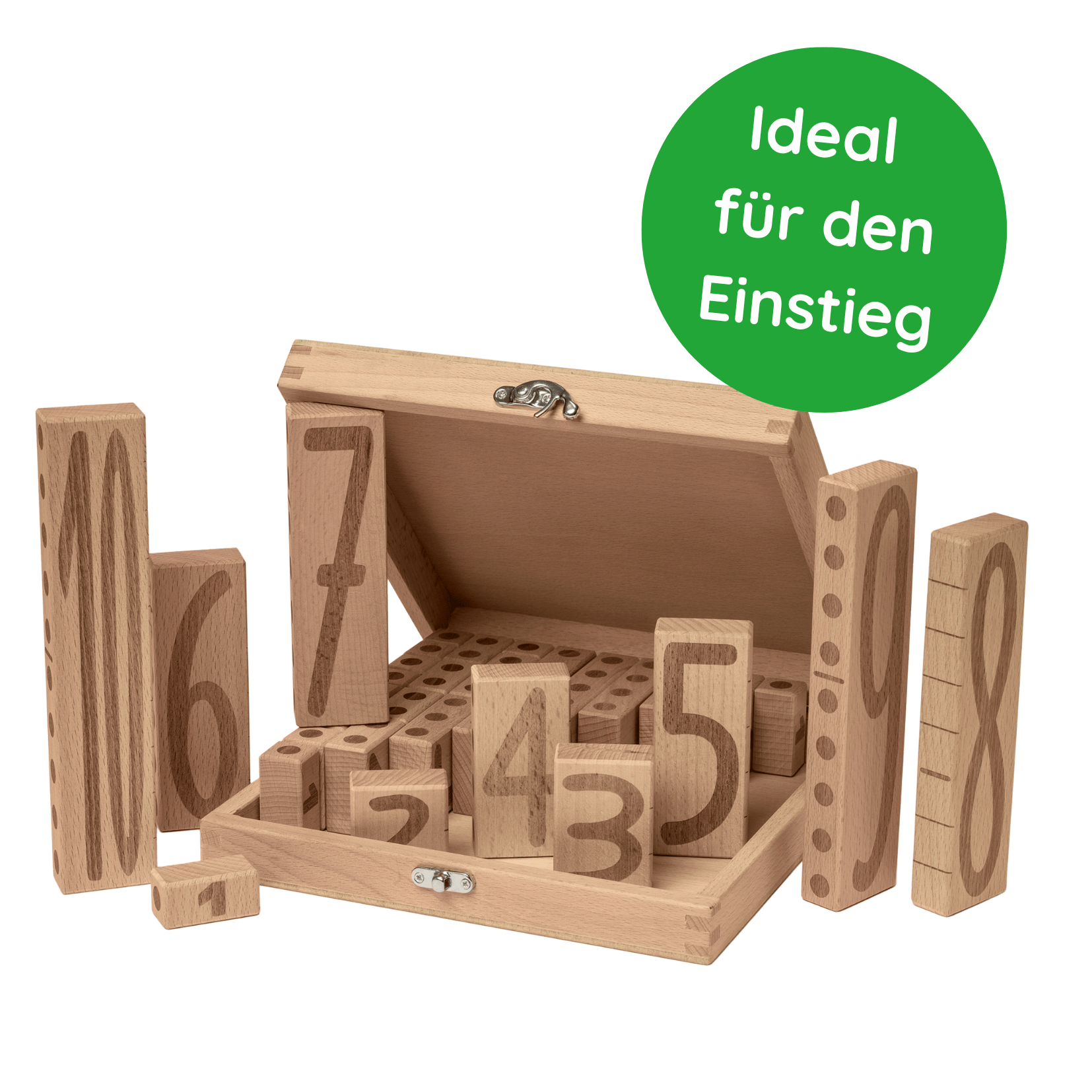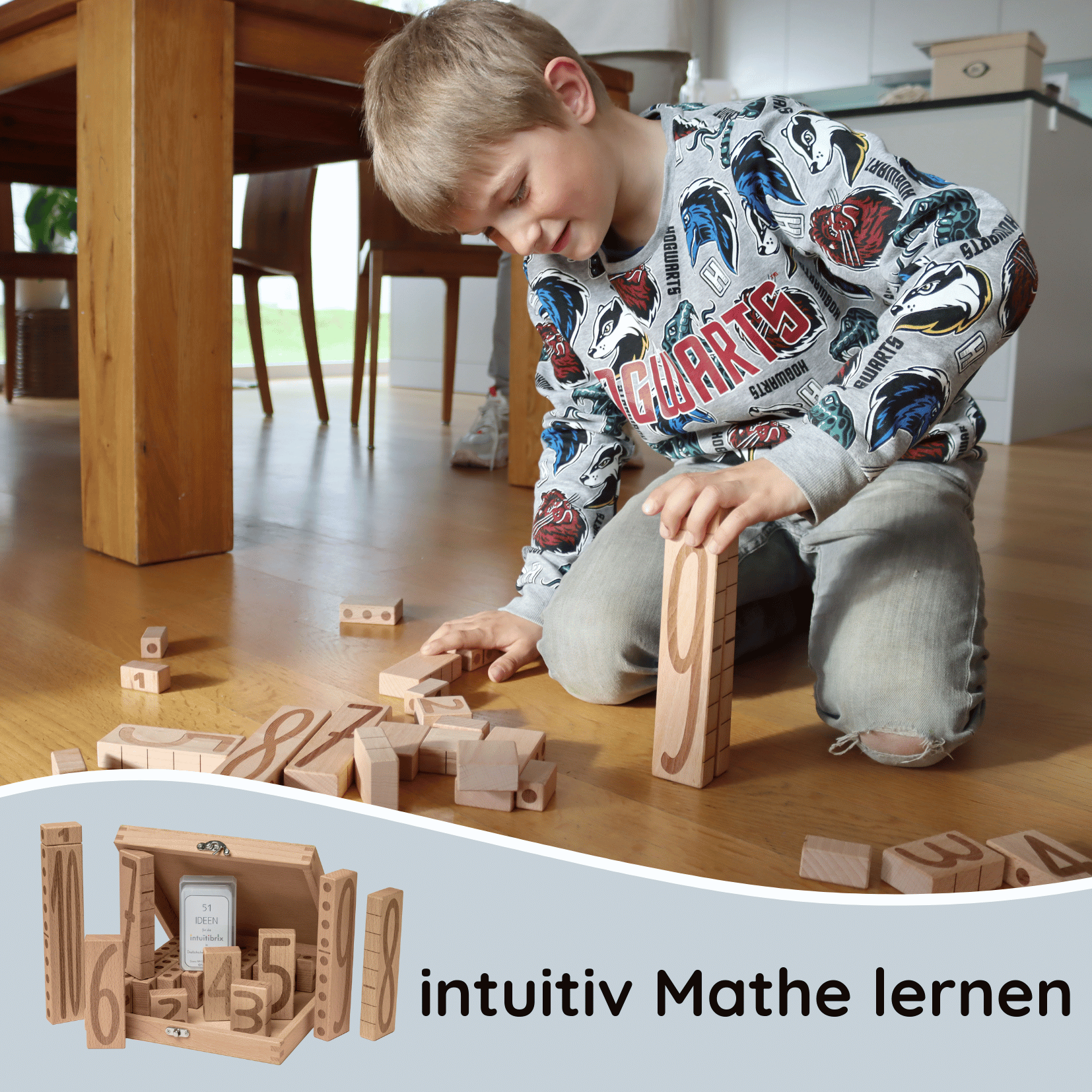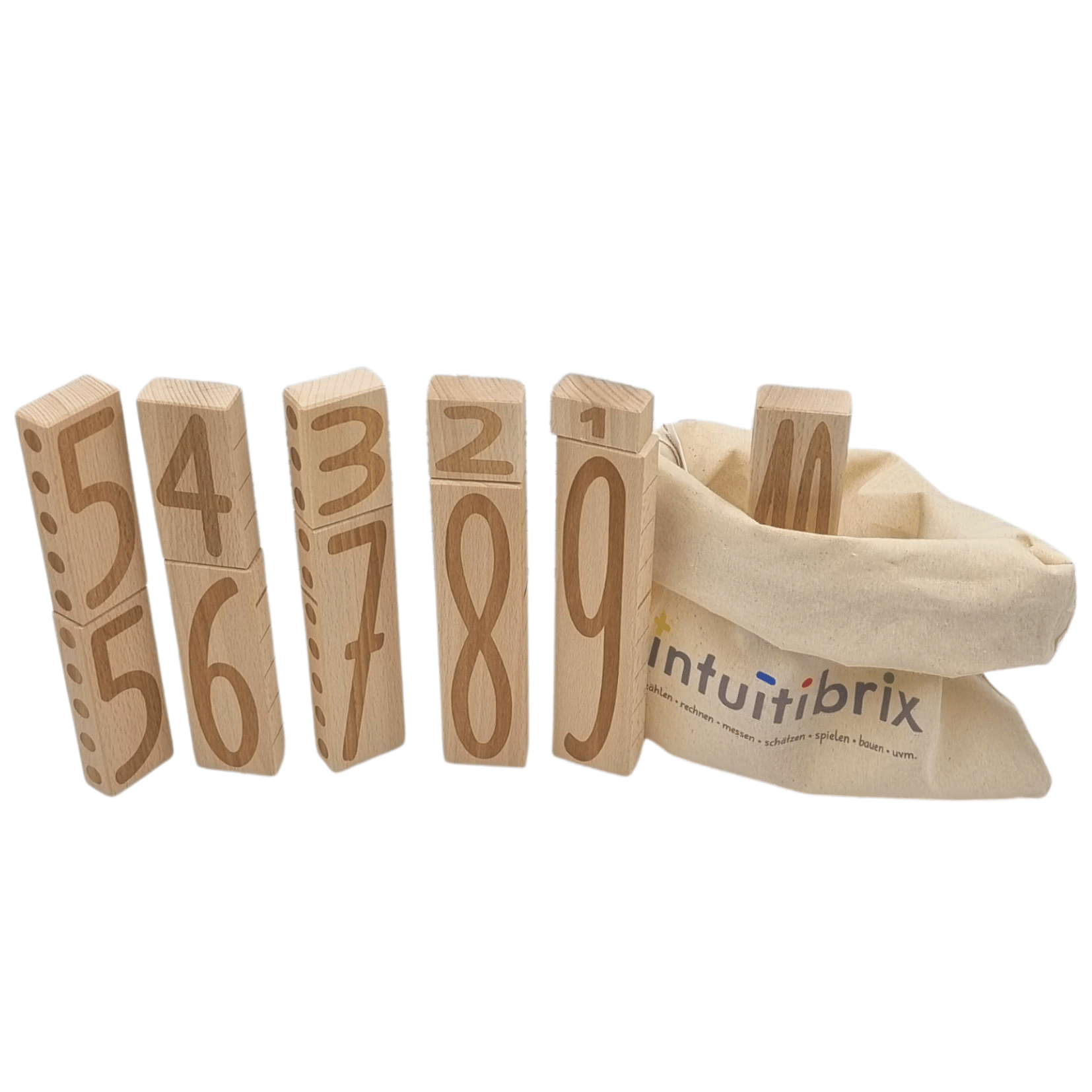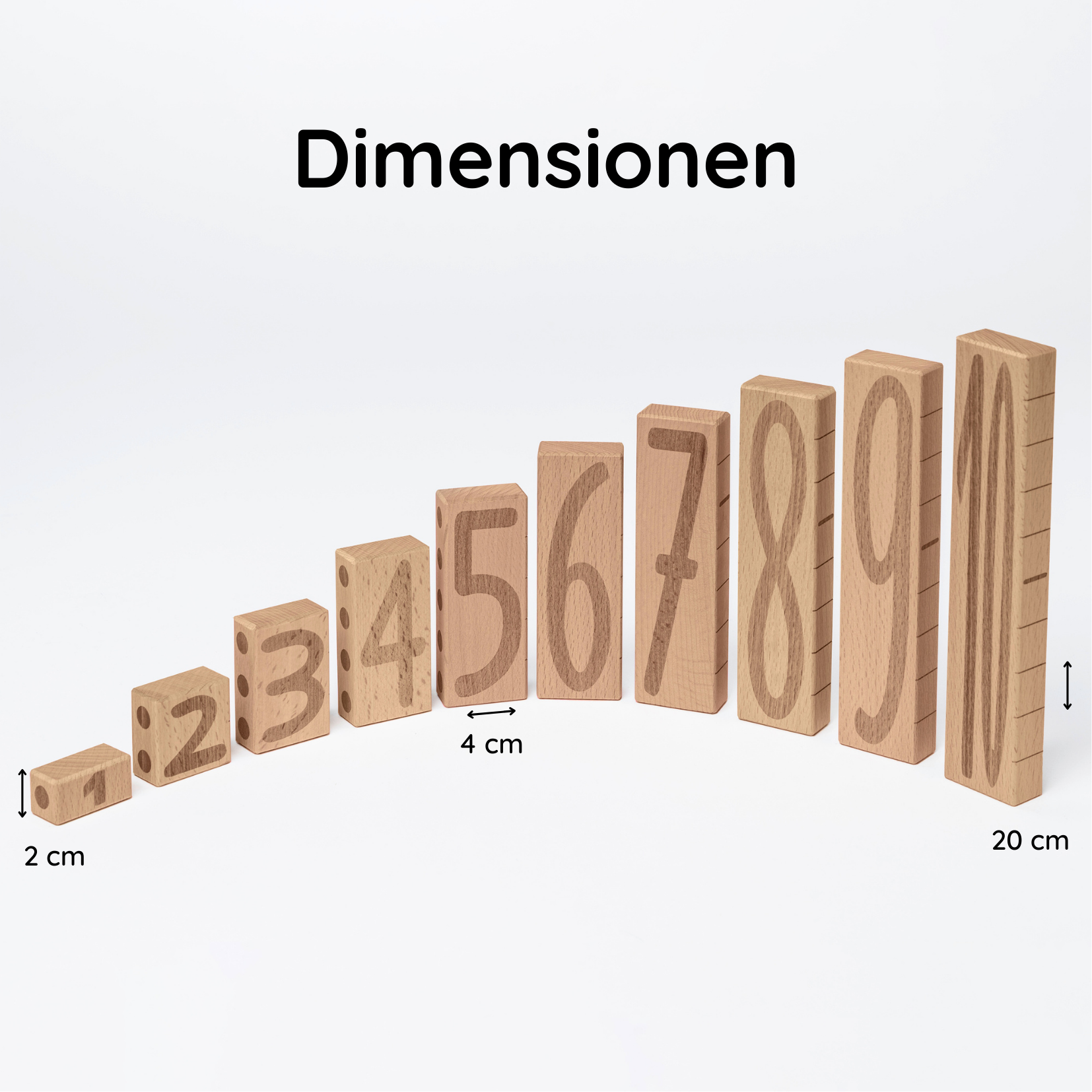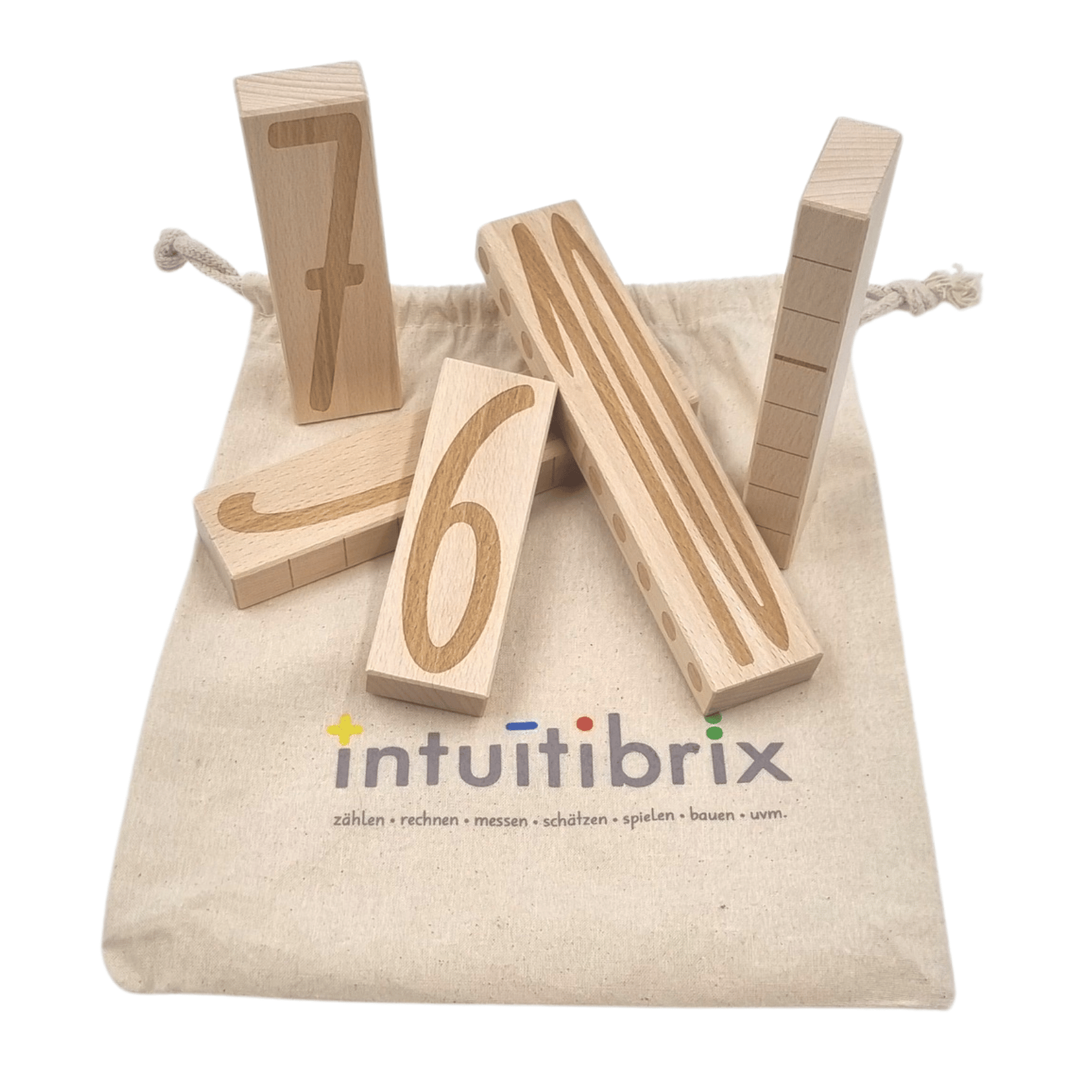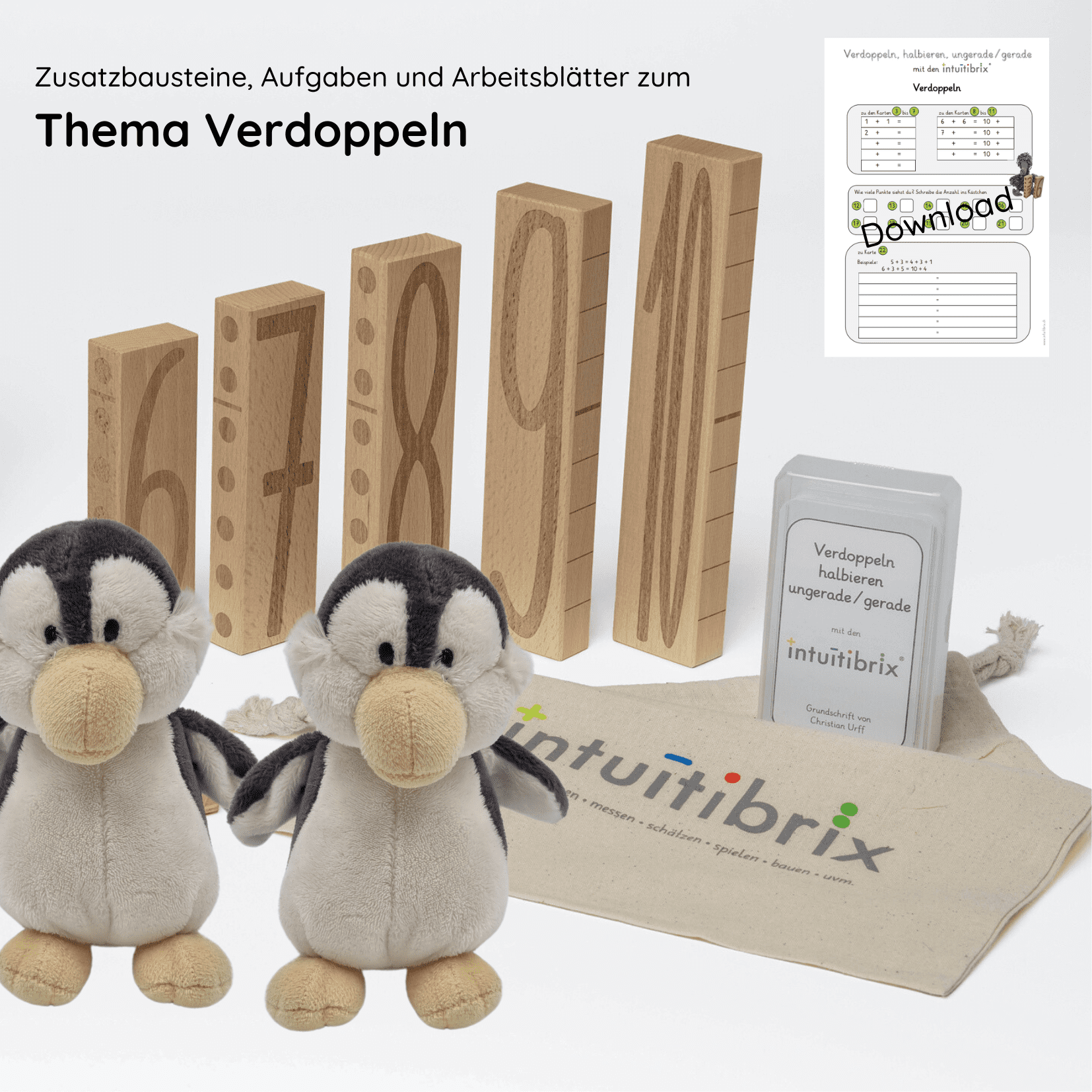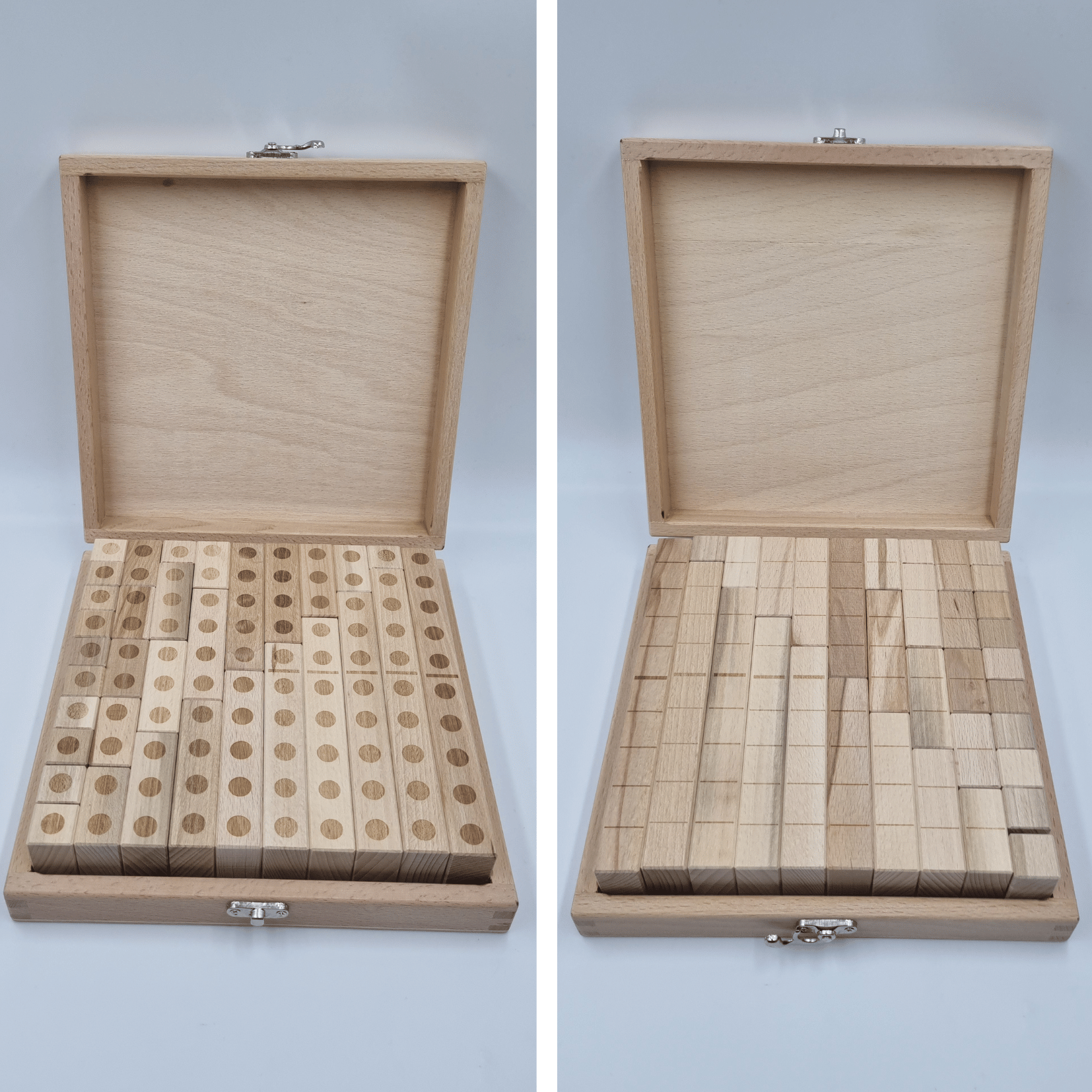Many children lose their love for mathematics as early as preschool or primary school. However, the problem often doesn't lie in the material itself – but in the way it's taught. Numbers, mathematical signs, and rules seem abstract and foreign. But what if children didn’t have to cram math, but could discover it on their own – naturally, through play?
The answer to this is: intuitive learning.
"What is Intuitive Learning? And Why It’s So Important for Children in Math
Intuitive learning means that children acquire knowledge and skills naturally and through their own discovery, rather than being explicitly introduced to abstract concepts. It is based on the idea that children learn better when they independently discover connections, instead of simply memorizing information. In intuitive learning, children are active, and they experience learning by doing, experimenting, and exploring.
A simple example:
A child builds a tower with two blocks. Then, they place a third block next to it – and notice: 'It’s just as tall!'
Without any mathematical symbols, without an explanation, they’ve experienced: 2 + 1 = 3 or even 6 + 3 = 9.
Such 'Aha!' moments are deeply rooted – they shape understanding long-term because they arise from real experience. This is intuitive learning: understanding through experiencing.
Why is this so crucial in mathematics?
Mathematics is initially something very abstract for children. Numbers are symbols. Quantities are invisible. Rules seem arbitrary.
However, when children can see, feel, and relate numbers to each other, a natural understanding emerges. For example, they grasp:
-
that '5' is more than '3', because the block is higher and has more dots
-
that '4' can be split into two equal '2s' or into different blocks like 3 and 1
-
that sequences, patterns, and symmetries repeat
Math becomes a construct turned into an experience – and this has a lasting impact.
What makes good intuitive learning material?
For children to truly learn intuitively, they need materials that enable this:
-
Clear shapes and structures that make mathematical principles visible
-
Natural materials that invite tactile interaction
-
Less sensory overload, more focus
-
Open-ended play opportunities, rather than fixed instructions
Intuitive learning toys don't dictate how something should be done – they invite children to discover on their own.
Intuitibrix: Intuition You Can Touch
This is exactly the concept behind the creation of the Intuitibrix learning blocks. Each block represents a number – with corresponding height, engraving, and number of dots. Children can immediately see and feel:
-
which number is bigger
-
which combinations are the same height
-
how number sequences are structured
They can use them to build towers, create patterns, come up with math problems, or simply play. And in the process, a deep understanding of mathematics is developed.
'My son plays with them almost every day – and suddenly, he explains to me that 2 plus 3 equals 5 because the blocks are the same height!'
– Feedback from a mother
Conclusion: Learning Should Be Easy
Children are born explorers. When we give them the right impulses, they learn on their own – with joy, curiosity, and without fear of making mistakes.
Intuitive learning gives them the opportunity to not only understand math but to enjoy experiencing it from the very beginning.
👉 The ideal start: Intuitibrix in the Wooden Box plus 51 Ideas for Intuitive Math Learning.
➡️ Discover now: www.intuitibrix.com



